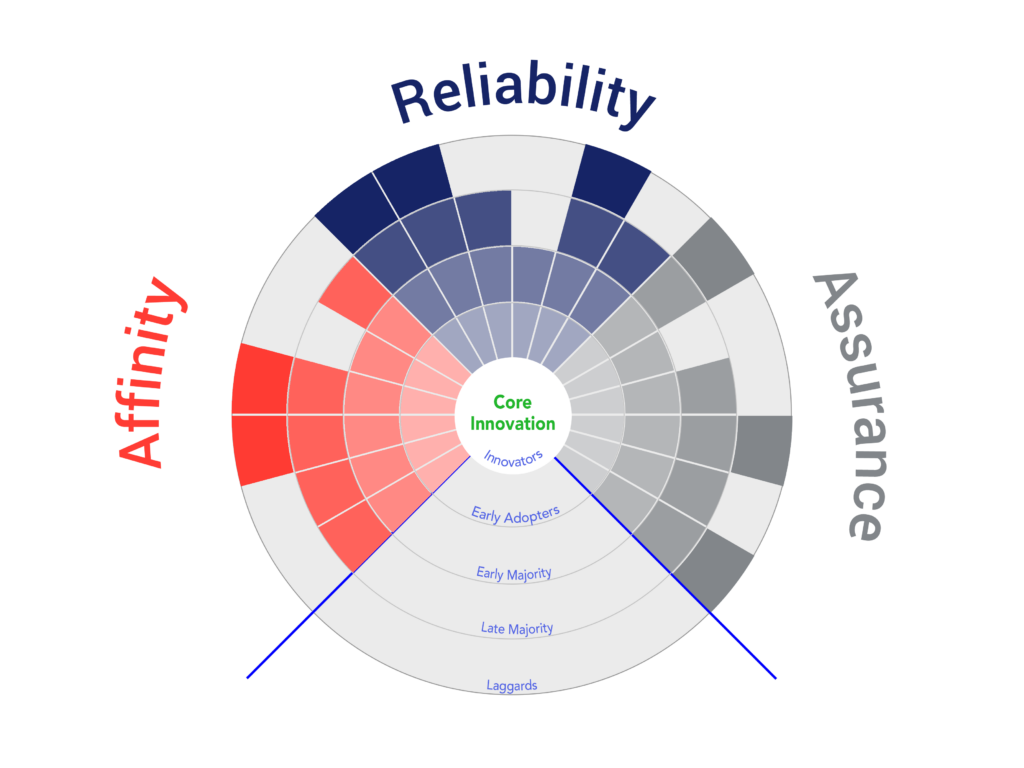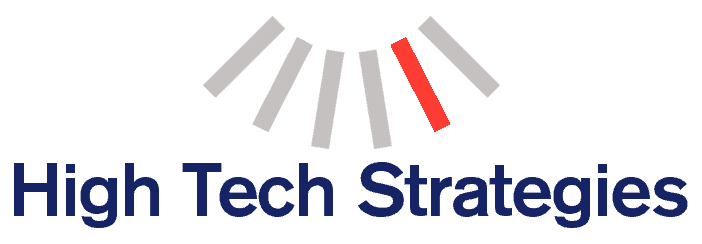Change Management
Are you systematically lowering the perception of risk?
Every new system or process that is presented to an organization as a step forward carries a unique amount of perceived risk. And risk, as perceived by employees and stakeholders, has the most influence on any change management initiative.
New innovations are evaluated by the organization before buying, and then the end user before adopting. Some innovations are perceived as low risk by a majority of people, while others are seen as extremely risky. This creates an environment of unpredictability for organizations introducing a new technology or workflow because each person will assign a different amount (or type) of risk to each new innovation they encounter.
Sources of Perceived Risk
1)When organizations embark on innovation journeys, it is crucial to consider the human aspect of change. People have established routines, skills, and expertise within traditional systems, and they may resist or feel threatened by introducing new technologies or digital processes. They might need help to avoid being left behind, becoming obsolete, or losing their jobs or positions of authority.
2)Furthermore, individuals may also experience anxiety and uncertainty about their ability to adapt to new methods or systems. Technology can be perceived as complex, alienating, or inaccessible, especially for those unfamiliar with new devices or platforms. The fear of being unable to navigate the landscape effectively can hinder individuals from embracing the transformation and fully participating in the initiative.
3)Additionally, innovation may disrupt established social structures and organizational power dynamics. Certain individuals or groups may resist change because they fear a loss of control, status, or influence that the new landscape may bring. The fear of relinquishing established hierarchies or ways of doing things can create resistance and slow down the pace of transformation.

Change Management Challenges
We all recognize that innovation by itself is never enough. People must be willing to change and use new things. Getting a new idea or innovation adopted, even when it has obvious advantages, is often very difficult.
In change management, it is essential to identify the benefits of the new system or process and communicate them effectively to stakeholders.
By recognizing the effective practices of change management teams, companies can improve their chances of successfully implementing new ideas and systems, ultimately leading to business growth and success.
Because humans are wired to feel safe and because everyone has a different risk-acceptance profile, successful change is created through continual reinvention to lower the perception of risk.
That’s why our change management framework, called Low Risk Reinvention™, addresses the needs of CEOs, department leaders, and corporate executives by describing all of the critical areas of risk reduction that must be included to achieve lasting organizational change. It also gives them a tool for planning and then managing their change management programs to ensure long-term success.

Low Risk Reinvention™
A 3-Part Formula for Effective Change Management
Affinity:
We can relate to your situation, and will minimize change
Familiarity – An internal change agent has a clear understanding of end users, current workflows, tasks and skill levels
Workflow compatibility – End users can continue using existing systems and methods
Trial before commitment – Those affected can explore the innovation before committing to it
Integration support – Comprehensive support is provided before, during and after implementation
Value transparency – The benefits for each person, or department in the organization, are both clear and timely
Trusted champion – A trusted insider provides a compelling vision, support and encouragement
Reliability:
We are trustworthy and will be your perfect partner
Internal team – The best and the brightest people are recruited to ensure innovation-adoption
Resources – A source of supply or support, that is always reliable, can be drawn upon
Action plan – A clear and specific set of instructions that, if followed, will lead to notable achievement
Supporting infrastructure – Skill development is ensured by internal resources
Vision – A clear idea or goal is presented by a credible leader
Incentives – Optimized rewards are offered that act as motivation to adopt the innovation
Assurance:
Independent systems will provide safety in numbers
Standards and certification – Understand and acknowledge current and future regulatory constraints
Security and privacy – Independent safeguards are provided that ensure both security and privacy
Impact assessment – An objective illustration of how the innovation will offer significantly greater benefits if it is adopted
Feedback mechanism – A constructive listening methodology acts as a source of early warning about problems, and documents users’ priorities for new features or attributes
Visible or word-of-mouth references – Identification of “connectors” that facilitate observable or spoken recommendations from people the user knows and trusts
Community-based communication – Pay explicit attention to the physical and virtual networks of the groups you wish to reach

